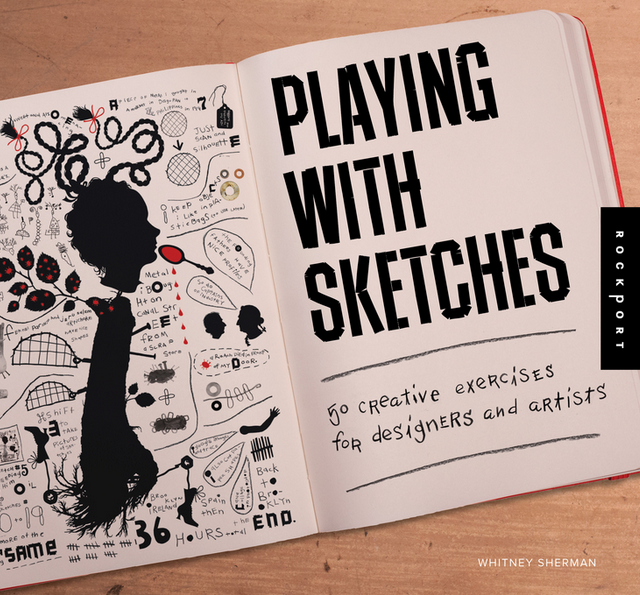The majority of the posts on this blog are about using visual thinking methods — of which I think that by far the best is #Buzan-style organic mind mapping — to understand, explain, evaluate, and communicate about healthcare. A lot of my own thinking has focused on using visual thinking techniques to potentially improve the quality of life of those with cognitive impairment and dementia.
Tony Buzan and Chris Griffiths and their colleagues and staff at ThinkBuzan have done a very comprehensive job at getting many of Buzan’s ideas embedded into a general purpose computer program (iMindMap) which provides a general visual thinking environment, of which mind mapping is a special part. There are many computer assisted mind mapping programs, but I have concluded that iMindMap is by far the best for creative visual thinking and communication, in no small part because it fully incorporates Buzan’s theory and theoretical implementation.
Like scientists and management consultants and educators and healthcare providers and patients and patient caregivers and students and many others, illustrators struggle with how to best use visual representations to support better thinking and communications.
Which brings up this beautifully conceived and executed little book that I have found to be mind expanding and liberating in how to develop and use a series of illustration techniques and “tricks” to look at things differently when trying to make creative breakthroughs.
Whitney Sherman is the author of the book “Playing with Sketches” which provides 50 exercises which collectively will change the way you think about creating images to understand and communicate ideas.While Ms. Sherman wrote the book for designers and artists, the techniques will be just as useful for visual thinkers in science, education, medicine, industry, and other fields. The beauty of Ms Sherman’s exercises is that in showing you fairly simple ways to make hugely informative and well designed images, the tools will themselves suggest many applications to visual thinkers of all types.
And, I have found that Ms. Sherman’s techniques can be used by the severely artistically challenged (of which I am one); the techniques are ones for Visual THINKERS, not necessarily artists and designers.
I have mentioned this book before in much less detail, but in the months I have used the methods, I have found that they WORK very well to facilitate creative visual thinking. For me they have promoted a breakthrough in how I see the visual thinking canvas.
Get the book, try some of the techniques (pick a random one here and there to start), discover that great artistic talent or aptitude is not required, and see how the techniques fit the information you study in search for better healthcare or disease prevention or decision making or facilitating creative group processes.
In partnership with Tony Buzan’s techniques for organic #mindmapping and Mike Rohde’s framework for #sketchnoting, the techniques codified by Whitney Sherman provide very powerful visual thinking tools.
Ms. Sherman’s website is http://www.whitneysherman.com. She tweets at @Whitney_Sherman. The book is available from major online book sellers.
I will be posting some examples of using the sketching techniques of Ms. Sherman to developing assistance and communication techniques for those with cognitive impairment or early-mid stages of dementia.




